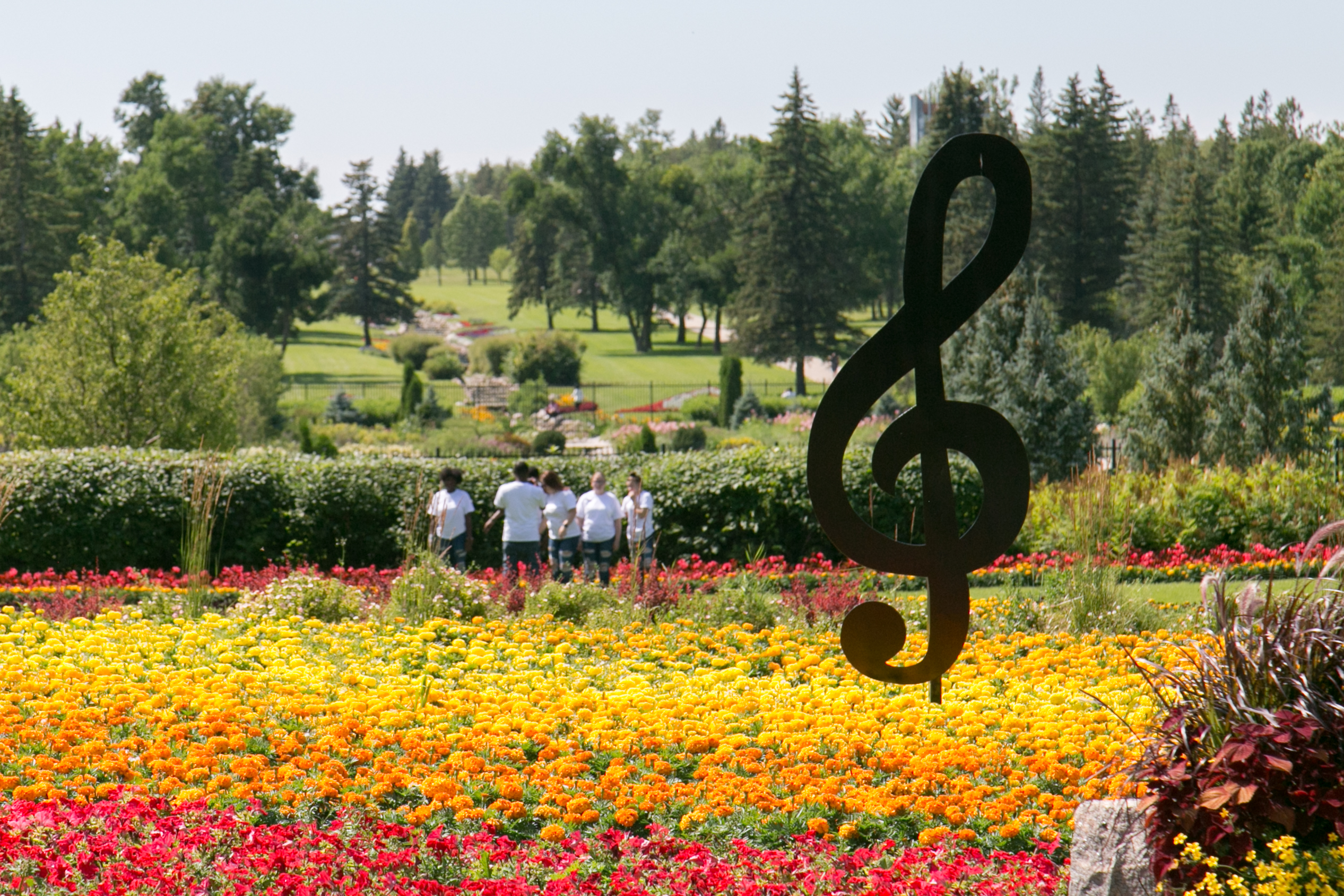Introduction
The International Peace Garden stands as a living monument celebrating peace and friendship between two neighboring countries, the United States and Canada. Located on the border of North Dakota and Manitoba, this garden symbolizes over a century of harmony and cooperation. More than just a botanical display, the garden serves as a beacon of hope, reminding visitors of the importance of peaceful coexistence.
In this article, we explore the history, significance, and unique features of the International Peace Garden. We also discuss why it remains a vital cultural and tourist attraction, offering insights into how such spaces foster international goodwill. Whether you’re curious about its origins or planning a visit, this comprehensive guide covers all essential aspects.
What Is the International Peace Garden?
Location and Overview
The International Peace Garden spans 2,339 acres, situated directly on the U.S.-Canada border between the state of North Dakota and the province of Manitoba. It was officially dedicated in 1932 as a symbol of peace between the two nations.
Purpose and Mission
The garden’s primary mission is to promote peace, friendship, and cooperation. It achieves this through:
- Educational programs that highlight the history of international peace efforts
- Cultural events that celebrate the shared heritage of the U.S. and Canada
- Botanical exhibits showcasing plants from both countries
The garden’s serene environment encourages reflection on peaceful international relations and environmental stewardship.
Historical Significance and Founding
Origins
The concept of the International Peace Garden was first proposed in the early 1920s by local leaders and peace advocates who sought a lasting symbol of the strong friendship between Canada and the United States. The idea was to create a physical space where people could come together to celebrate peace.
Key Milestones
- 1932: Official dedication of the garden
- Post-World War II expansion: Addition of memorials honoring peacekeepers and veterans
- Ongoing development: Introduction of new exhibits and educational programs
Expert historians note that the garden reflects the broader peace movements of the 20th century, making it an enduring emblem of diplomatic goodwill.
Main Attractions of the International Peace Garden
Botanical Beauty
The garden features meticulously maintained floral displays, including:
- A diverse array of native plants from both countries
- Seasonal flower beds that attract thousands of visitors annually
- The Sunken Garden, a notable design element symbolizing unity
Peace Chapel and Memorials
The Peace Chapel within the garden provides a quiet space for contemplation. Adjacent memorials honor peacekeepers from around the world, reinforcing the garden’s mission.
Educational Facilities
Visitors can engage with interpretive centers and guided tours that explain the history of peace efforts, environmental conservation, and the cultural ties between the U.S. and Canada.
Why Visit the International Peace Garden?
Experiencing Tranquility and Nature
Visitors often describe the garden as a peaceful retreat where they can connect with nature and reflect on global harmony.
Educational Opportunities
The garden is ideal for families, students, and researchers interested in botany, history, and international relations.
Events and Cultural Celebrations
Throughout the year, the garden hosts concerts, workshops, and ceremonies that foster cross-border friendship.
Practical Tips for Visitors
- Best visiting months: late spring through early fall
- Bring comfortable walking shoes and camera
- Check the official website for event schedules and admission details
The International Peace Garden’s Role in Modern Peacebuilding
Promoting Cross-Border Collaboration
The garden stands as a practical example of how shared spaces can nurture diplomatic relationships and community ties.
Environmental Stewardship
By conserving native plants and promoting sustainability, the garden aligns peace with ecological responsibility.
Inspiring Future Generations
Through education and outreach, the garden encourages young people to value peace and international cooperation.
Conclusion
The International Peace Garden is more than a scenic landmark; it is a powerful symbol of enduring peace and friendship between two nations. Its rich history, stunning botanical displays, and commitment to education make it a unique destination for visitors and scholars alike. By fostering reflection and cross-cultural understanding, the garden continues to inspire hope for a more peaceful world.
Visiting the International Peace Garden offers a meaningful experience that combines natural beauty with a profound message. It invites us all to consider our role in promoting peace and celebrating shared humanity. Plan your visit today and step into a living testament to unity and tranquility.
